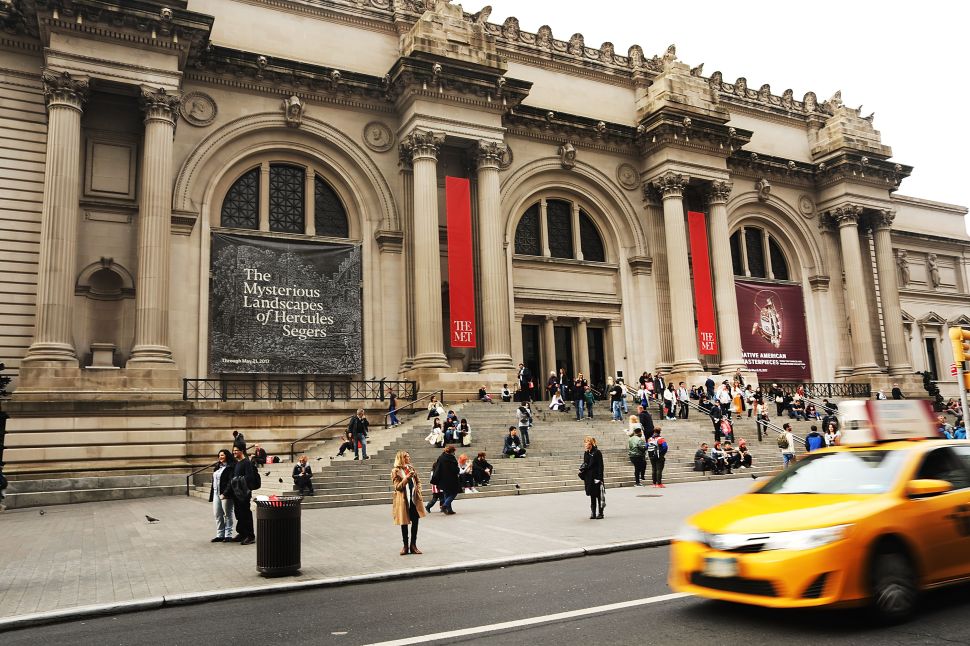
Continuing a recent trend of major institutions and bodies of government re-evaluating their artistic acquisitions, the Metropolitan Museum of Art in New York City is currently trying to determine definitively whether a number of antiquities it has gained ownership of in the last 30 years were obtained as the result of looting by Subhash Kapoor, a formerly-powerful alleged art smuggler. Kapoor, who is currently awaiting trial on smuggling charges in India, was charged in July with helming a multinational operation that trafficked thousands of stolen items over the years; items that were valued at more than $145 million cumulatively.
The official complaint filed this year by the Manhattan District Attorney’s Office charges that Kapoor’s smuggling ring stole thousands of objects (Terracotta rattles, ceramic pots, sculptures of deities, etc.) from Afghanistan, Cambodia, India, Nepal, Pakistan and Thailand. Next, the complaint continues, Kapoor’s organization would forge documents that made these artifacts seem officially obtained and finally sell them to collectors, museums and independent art dealers. “As we have since learned of the multiple law enforcement actions, and in the spirit of our enhanced procedures over recent years, we are now seeking to identify additional provenance information,” the Met told the New York Times in a statement.
SEE ALSO: A Rare Nazi-Era Porsche Went Unsold at Sotheby’s After a Big Mistake by the Auction House
A cursory search of Kapoor’s name on the Met’s website indicates that the museum does indeed have a great deal of art donated by him in its possession, although most of it is not currently on display. One example: a stunning, late 19th or early 20th century painting entitled Krishna and Radha Standing on a Lotus is credited as a gift “of Subhash Kapoor, in memory of his parents, Smt Shashi Kanta and Shree Parshotam Ram Kapoor, 2008.”
It’s as yet unclear what the Met—or more precisely, CEO Max Hollein—will do with the acquisitions that can be potentially traced back to Kapoor, but it’s likely that the museum will follow in the footsteps of institutions like Christie’s and the Parisian Quai Branly museum and attempt to return the artwork to its place and owner of origin.

